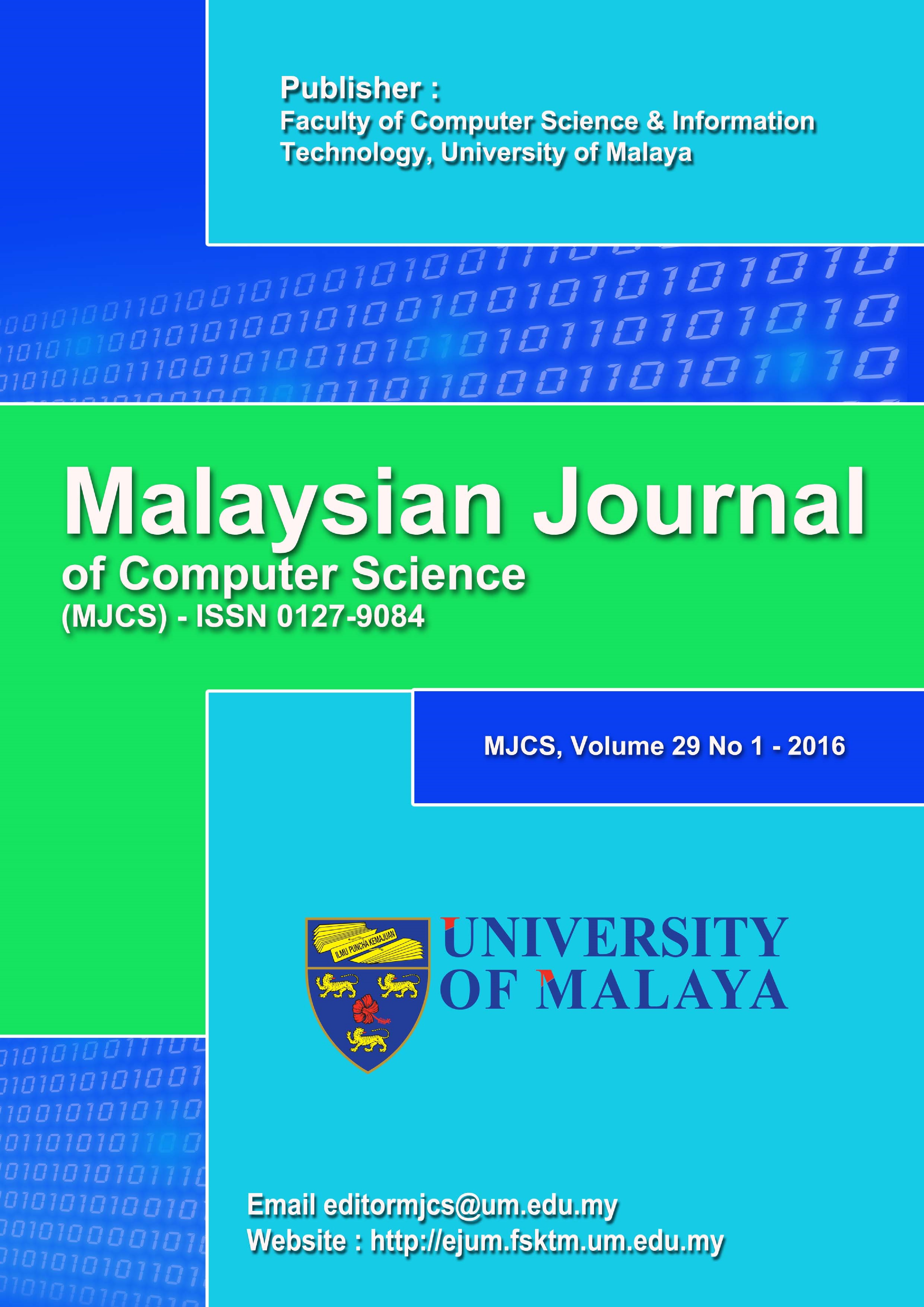DEEP PERONA–MALIK DIFFUSIVE MEAN SHIFT IMAGE CLASSIFICATION FOR EARLY GLAUCOMA AND STARGARDT DISEASE DETECTION
Main Article Content
Abstract
Glaucoma and Stargardt’s, an inherited disease predominantly affect the retinal portion of the eye. The diagnosis of Glaucoma in a fundus image is an arduous, time consuming process. There were many research works carried out to detect early stages of Glaucoma and Stargardt’s disease. However, the accuracy, diagnostic time and performance were not improved. To resolve the above said problems, a computational method called Deep Neural Perona–Malik Diffusive Mean Shift Mode Seeking Segmented Image Classification (DNP-MDMSMSIC) is introduced for the early detection of Glaucoma and Stargardt’s disease with retinal fundus images. The DNP-MDMSMSIC method comprises diverse types of layers that support to identify early detection of disease with improved accuracy and less time. Process as explained; initially, numerous qualified retinal images are given as input to the input layer. These input images are transmitted further to the hidden layer 1 to perform image pre-processing. In DNP-MDMSMSIC, Space-Variant Perona–Malik Diffusive Image Preprocessing is carried out to decrease the noise from input image without removing contents like edges, lines, etc., for image interpretation with a higher peak signal-to-noise ratio. This preprocessed image is further processed in the hidden layer 2 where the feature extraction process is performed to extract features like color, texture, and intensity with a higher degree of accuracy. Based on the extracted features, an input feature image gets segmented in hidden layer 3. Mean Shift Mode Seeking Segmentation algorithm is employed to segment the pixels in image space with corresponding feature space points. Then the segmented images are given to the output layer to perform retinal fundus image classification using Bregman Divergence Function. During the image classification, the distance between two segmented regions (i.e., testing image region of particular class and training image region) with convex is measured. In this way, the retinal fundus images get classified with higher accuracy. Experimental evaluation is performed by considering the metrics such as peak signal-to-noise, disease detection accuracy, disease detection time, and error rate corresponding to the number of retina fundus images and image size. DNP-MDMSMSIC method is designed to detect Glaucoma and Stargardt’s disease at an earlier stage with higher accuracy by 8% and less time by 20% with aid of ACRIMA database.
